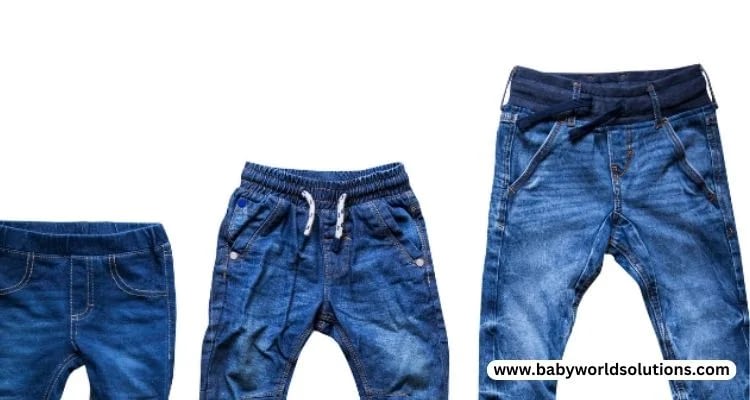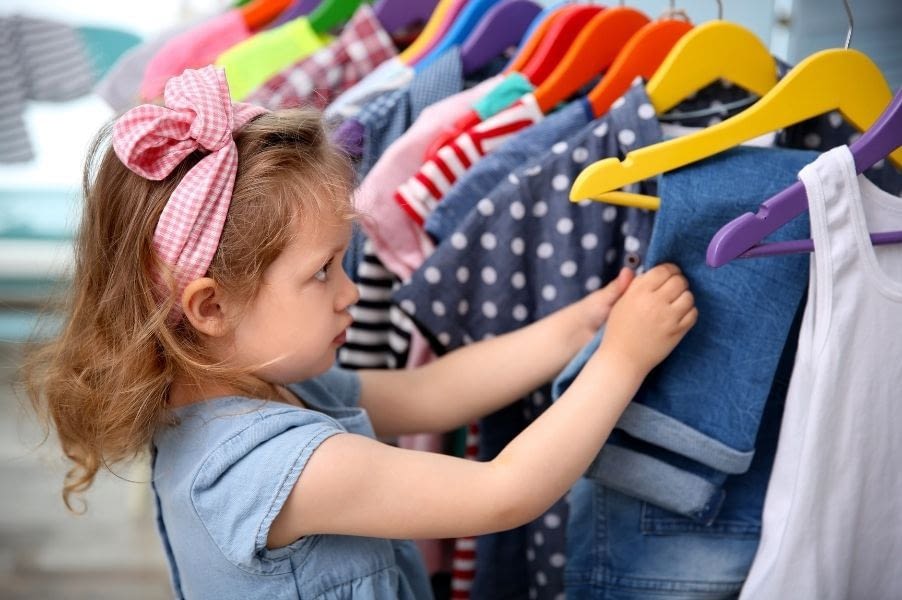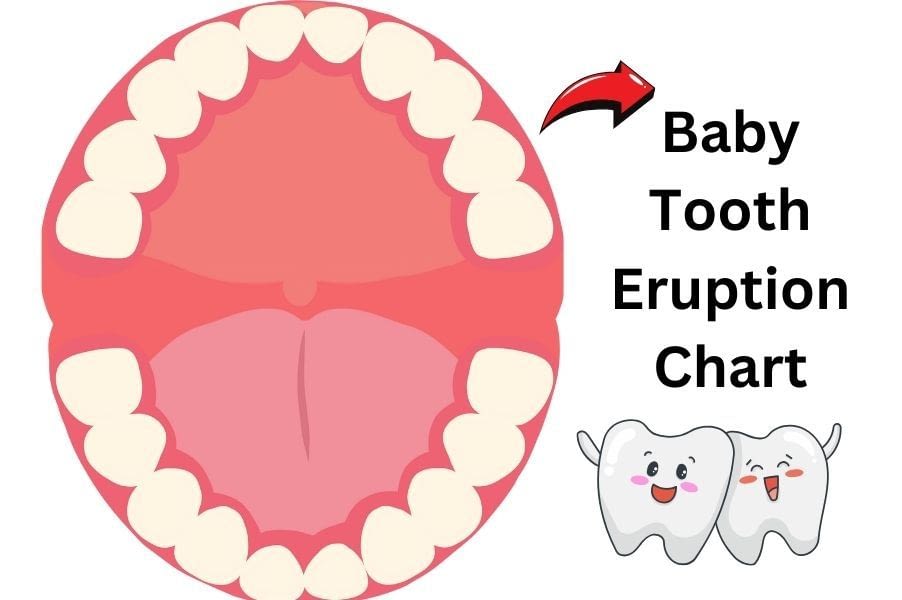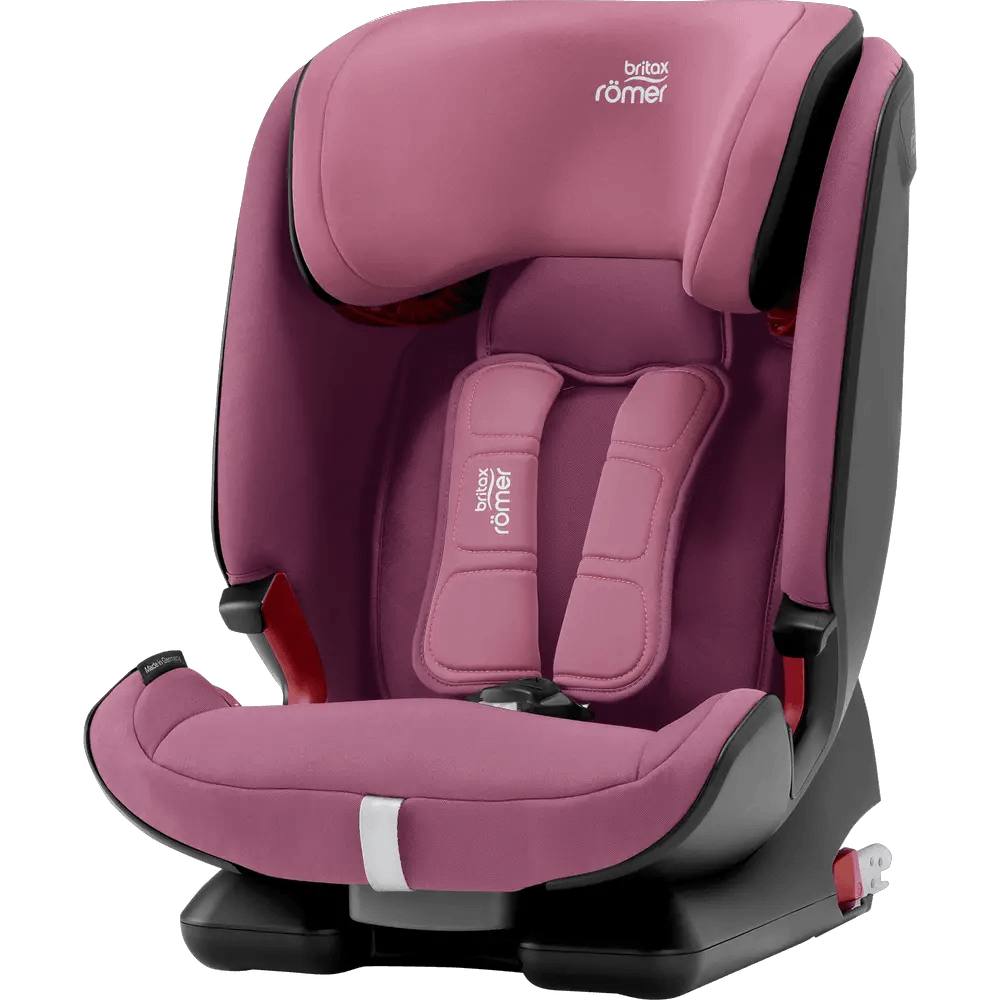Every parent knows the struggle—is it just me, or did these clothes fit my little one yesterday? Children grow quickly, and keeping up with their ever-changing sizes can be challenging. Finding the right size is crucial, not only for their comfort but also for their style. So, what size comes after 5T in children’s clothing? Let’s unravel the mystery of children’s clothing sizes together.
Understanding Size Progression: What size comes after 5t?
Children’s clothing sizes generally progress from infant sizes (marked with an ‘M’ for months) to toddler sizes (marked with a ‘T’ for toddlers) and then onto children’s sizes (which are numbered). So, what comes after 5t size? Well, It is usually 6. It is important to note that this may differ based on the particular brand.
As adults’ sizing varies from brand to brand, so does children’s. Some brands may have a 5/6 size, while others jump straight to 6. Checking the specific brand’s size chart before purchasing is always a good idea.
What size is a 5t?
A 5T size in children’s clothing refers to clothing designed for toddlers, with the ‘T’ denoting ‘toddler’. Regarding 5T shirt measurements, these can also vary depending on the brand. Typically, this size is suitable for children between 41 and 44 inches in height and weigh between 39 and 49 pounds.
Regarding specific measurements, the chest circumference is usually around 23-24 inches, and the waist is approximately 22-23 inches. It’s important to remember that clothing sizes differ slightly depending on the brand and style. Therefore, referring to the specific brand’s size chart is always recommended for a more accurate fit. Also, bear in mind the possible shrinkage of the fabric after washing.

How do we measure for size?
To find the most accurate sizing for your child, you’ll need to measure their height, weight, and sometimes chest, waist, and hip measurements. Here’s a step-by-step guide:
- Height: Have your child stand straight against a wall, make a mark at the top of their head, and then measure from the floor to that mark.
- Weight: This can easily be checked during regular visits to the pediatrician.
- Chest: Measure around the fullest part of your child’s chest.
- Waist: To get an accurate measurement of your waistline, you can use a measuring tape. First, locate your natural waistline, which is situated just above your hip bones. Then, make sure the tape is wrapped snugly around your waist but not too tight. Finally, take note of the measurement in either inches or centimeters.
- Hips: Measure around the fullest part of your child’s hips.
Remember, measurements should always be taken while your child is wearing little to no clothing to get the most accurate measurements.
When to size up?
A critical aspect of ensuring comfort and a proper fit for your child’s clothing is knowing when it’s time to move up to a larger size. Usually, signs that your child has outgrown a size include tight or restrictive clothing, especially around the chest, waist, or thighs.
If shirts or pants are too short or underwear leaves marks on the skin, these are clear signals that a larger size is needed. While you might be tempted to wait until your child has completely outgrown a size before moving up, transitioning a bit earlier is usually more comfortable.
Not all children grow at the same rate, so with age, weight, and height, it’s important to consider your child’s comfort and the fit of the clothes. Growth spurts can happen quickly, and children often outgrow their clothes before they wear them out.
For different clothing items, sizing up also means a different fit. Remember to refer to specific brand size charts for the most accurate fit, as these can vary considerably.
Differences Between Boys’ and Girls’ Sizing
Regarding size progression, boys’ and girls’ clothing follow the same path. However, the fit can differ significantly. Boys’ clothes are often cut wider and straighter, while girls’ clothes might be cut more narrowly with more room for the hips, even at a young age. This does not apply to all brands and is not always the rule.
However, a 5T shirt made for a girl may fit differently for a boy of the same age. Additionally, gender-specific considerations may impact the sizing. For example, girls’ dresses might be sized by length more than width, while boys’ pants might have adjustable waistbands to accommodate growth. For a more accurate fit, always refer to the size chart of the specific brand.
What size comes after 5t girl?
The sizing progression for girls’ clothing is the same as mentioned above. After 5T, the next size is 6. However, just like with boys’ clothing, there may be variations in sizing between brands.
It’s essential to note that some retailers may also have specific sizes for girls aged 2-6, known as “girls’ toddler” sizes, before moving on to numbered sizes. This sizing may include 2T, 3T, 4T, and 5T.

What size comes after 5t boy?
The next size after 5T is typically 6 for boys’ clothing. However, similar to girls’ clothing, brands may vary in sizing. Some retailers may also have “boys’ toddler” sizes before moving on to numbered sizes, including 2T, 3T, 4T, and 5T.
Difference Between Size 5T and 6
Before we move to the difference between size 5T and 6, what size comes after 4T in children’s clothing? The next size up is typically 5 or 5T. The difference between the two is that 5T is cut for a child who may still need room for diapers, while sizes 5 and 6 are designed for older children no longer in the toddler stage.
However, Regarding measurements, I already shared what size a 5t. Conversely, size six generally fits children 45-46 inches tall and weighs between 44-50 lbs. Their chest measurement is usually around 24-25 inches, and the waist is 22 inches.
Toddler Underwear Size Chart for Girls and Boys
The sizing for toddler underwear can often vary between boys and girls due to different cut and design needs. However, a general size chart can work as a helpful starting point for both. Remember, the ‘T’ in sizes (like 2T, 3T, 4T, etc.) stands for ‘Toddler’.
| Size | Age Range | Weight | Height |
| 2T | 1-2 years | 26-30 lbs | 33-35 inches |
| 3T | 2-3 years | 30-34 lbs | 36-38 inches |
| 4T | 3-4 years | 34-38 lbs | 39-41 inches |
| 5T | 4-5 years | 38-42 lbs | 42-44 inches |
| 6T | 5-6 years | 42-46 lbs | 44-46 inches |
These measurements are approximate and meant to serve as a guide. Different brands may have their size charts, so it’s always best to check with the specific brand for the most accurate fit for your child. Additionally, be aware of potential shrinkage after washing. If your child is on the cusp of the following size, consider sizing up for a more comfortable fit.
Differences Between European Clothing Sizes and Others
European clothing sizes are distinct and significantly different from other sizing systems, such as those in the United States and the United Kingdom. In Europe, clothing sizes are usually based on a range that includes the wearer’s body measurements in centimetres rather than the age or another arbitrary measure. For example, a child’s clothing size in Europe typically correlates to the child’s height in centimetres.
On the other hand, the U.S. and U.K. predominantly use age as a basis for their sizing systems, especially for children, with additional size categories for toddlers (indicated by a ‘T’) and older children. Furthermore, U.S. sizes tend to run larger than their U.K. and European counterparts.
It’s important to remember that these measurements are only general guidelines. Sizing can vary greatly between brands and even within other lines from the same brand. Therefore, always refer to the specific brand’s size chart for the most accurate fit.
Conclusion
Finding the right size for your child’s clothing can feel like a never-ending race, but it’s a key part of helping them feel comfortable and confident. By understanding size progression, learning how to measure for size, knowing when to size up, and being aware of the differences between boys’ and girls’ sizing, you’ll be well-equipped to keep up with your growing child.
Remember, each child is unique, and what works for one might not work for another. When in doubt, refer to specific brand size charts and be bold inside for help or try on clothes in-store.
Parents Also Ask
What is the difference Between Size 4 and 4T?
There can be some overlap in measurements, but typically, a 4T is made for children who are about 39-41 inches tall and weigh around 34-38 lbs. Size 4, alternatively, typically caters to slightly older kids who stand 42-44 inches tall and weigh between 37-41 lbs. Of course, these measurements can vary from brand to brand, so it’s always recommended to check the specific brand’s size chart for the most accurate fit.
What Size Comes After 6T?
After 6T in children’s clothing, the next size category typically starts with size 7. Sizes beyond the “T” range, like size 7, are designed to fit older children and no longer incorporate features for accommodating diapers. They also generally include taller and slightly heavier children. For instance, size 7 is typically suitable for children around 48-51 inches tall and weighing 50-57 lbs.
1 Visit today





